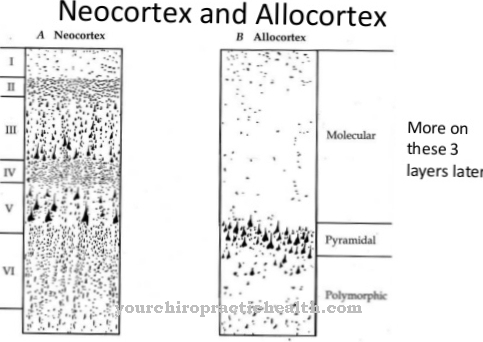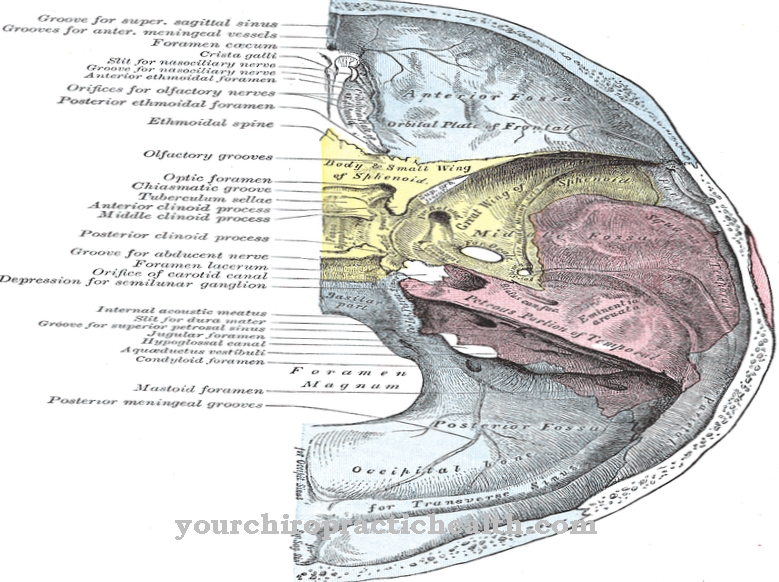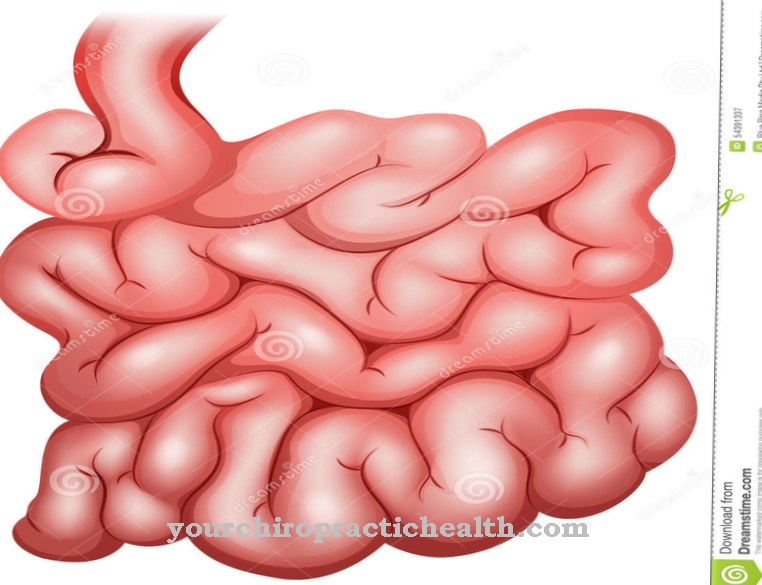What is the nucleus?
Of the Cell nucleus is an organelle that is present in (almost) all cells of higher living beings. Living things with cell nuclei are called eukaryotes. The cell nuclei act as the control or command center of the cell and contain all of the genetic information with the exception of the genetic information for the mitochondria, which are equipped with their own DNA.
The genetic information is available as so-called chromatin, which consists of double helix threads and certain proteins. During the division of the nucleus and the cell, the threads organize themselves into chromosomes. Opposite the cytoplasm, the inside of the cell, the mostly spherical cell nucleus is separated by a two-layer membrane made of lipids.
Since the nucleus must be able to selectively exchange substances with the cytoplasm, the nuclear membrane is permeated with so-called nuclear pores through which the selective exchange of substances takes place. Approximately in the middle of the cell nucleus is the nucleolus, which copies instructions for protein structure from the genes as so-called mRNA and tRNA. The mRNA and tRNA are passed through the nuclear pores to the ribosomes in the cytoplasm, as it were as building instructions for proteins.
Anatomy & structure
Cell nuclei, which usually have a spherical shape, are separated from the cytoplasm of the cell by the nuclear membrane. In mammals the nucleus reaches a diameter of 5 to 16 µm. The approx. 35 nm thick core membrane consists of a double layer of lipids and is almost impermeable to aqueous solutions due to its hydrophobic properties.
The cell membrane contains about 2,000 nuclear pores through which a selective, bilateral exchange of substances takes place. The outer side of the membrane merges into the rough endoplasmic reticulum, while the inwardly directed side of the membrane is lined with a layer of microfilaments that give the membrane stability and form a clear demarcation from the chromatin.
Chromatin is the main component of the inside of the nucleus and consists of randomly arranged chromatin threads that contain DNA and other proteins and which are organized into the typical chromosomes before the nucleus and cells divide. Around the center of the cell nucleus is the nucleolus, which is composed of a conglomerate of ribosomal RNA.
Function & tasks
The main tasks of the cell nucleus are to store the genetic information of the entire organism and to control the metabolic processes of the cell, including the nucleus and cell division during growth processes. The metabolic processes are controlled in accordance with the genetic instructions available to the cell nucleus. The genetic information for the entire organism is in the form of chromatin threads in the cell nucleus. The cell nuclei of all tissue types that occur always contain the entire structural plan of the organism except for that of the mitochondria, the power plants of the cell.
The mitochondria contain their own DNA and are independent of the control center of the cell nucleus. The cell nucleus can selectively replicate or transcribe DNA sequences by means of its core body and transport them through the nuclear pores into the cytoplasm, where the RNA sequences are converted into "real" amino acid sequences for the construction of proteins within the ribosomes. In order to be able to control the task of cell division, the cell nucleus causes the chromatin threads to come together to form species-specific chromosomes before division.
This results in a simpler distribution of the DNA to the daughter cell and the genes can be held together better because the nuclear membrane dissolves during the division phase, meaning that there is practically no discernible nucleus. After the division phase, the endoplasmic reticulum develops a nuclear membrane again, and the structure of the chromosomes dissolves. The genetic information is now selectively available again for the nucleus in the form of the chromatin threads.
Illnesses & ailments
Malfunctions emanating from the cell nucleus can trigger serious health problems. Specific symptoms can be directly or indirectly related to a malfunction in the cell nucleus.
Mitochondriopathy, which is based on certain hereditary genetic defects, manifests itself in the fact that one or more proteins encoded in the cell nucleus, which are transported into the mitochondria via the nuclear pores, lead to malfunctions in the mitochondria.
Mitochondrial disease can lead to serious problems at a young age because the energy supply via the mitochondria is impaired. It is less a question of a real malfunction in the coding and more of a faulty "instruction" by a mutated DNA sequence.
Another group of diseases caused by genetic defects and known as Hutchinson-Gilford syndrome (HGPS) is based on the fact that a certain protein that ensures the stability of the nuclear membrane is incorrectly coded. This leads to deformation of the cell nucleus with serious consequences. All known forms of HGPS trigger a dramatically accelerated aging process, so that the average life expectancy is only around 14 years.
The extremely rare HGPS is triggered by genetic defects and consequently leads to direct malfunctions of the nuclear membrane. A German-Belgian research group brings amyotrophic lateral sclerosis (ALS) and frontotemporal dementia (FTD) in connection with a failure of the protein TDP-43. The protein normally plays a role in the coding of proteins in the nucleus. The research team found that TD-43 is deposited outside the cell nucleus and no longer passes through the nuclear pores into the cell nucleus, so that it can no longer fulfill its function there.



























